Frustration is a common sentiment I hear from owners first seeking my advice. Their frustration stems from not having been able to achieve goals despite their unwavering efforts. Sometimes the owner had a plan but was not able to deploy it effectively. Or, the owner was always finding “great ideas” but ended up barraging his staff with a never ending list of “great ideas” not understanding why nothing got done. The other end of the extreme is the replication trap of being stuck in an endless do-loop, too busy to even consider alternative plans. These owners come to me for a fresh perspective; a different way of looking at their operations.
I was reminded of the benefits offered by a fresh perspective from an unexpected source: A public school district. Public school districts are often labeled as rigid bureaucracies. One superintendent, Dr. JoAnn Sternke from Wisconsin’s Pewaukee School District, looked to turn this around by embracing the Malcom Baldridge National Quality Award framework originally designed to rejuvenate moribund businesses. Now business owners can learn from Pewaukee’s experience. This article is inspired by a talk Dr. Stenke presented earlier this year.1
Mission Driven Leadership: Leadership should be more than cheerleading or delivering “do as I say” direction. Leadership starts by defining your company’s mission. The Mission Statement instills a sense of purpose for your staff, your customers and, equally important, for you. Your mission is what motivates your people. Equally important, it provides direction when developing plans and against which results are measured. Thus, the Mission Statement needs to be written down, readily accessible and reaffirmed regularly.
People: Focus on creating a mission driven culture and engaging your workforce in understanding that mission and action plans. Does it seem repetitive and naïve to focus on mission and engagement while glossing over compensation? American workers say no. A Boston Consulting Group survey reveals compensation ranks 10th among factors that matter to workers. Factors related to engagement rank 2nd (“good relations with superior”), 5th (“appreciation for your work”) and 6th (“good relations with colleagues”). Mission related factors rank 4th (“company values”), 8th (“interesting job content”) and 9th (“employer reputation”). Job security and work/life balance factors such as “company’s financial security” (#1) rounded out the other factors that rate above 10th place “attractive fixed salary”.
Plan: How many of us are good at developing a plan but bad at deploying it? Putting the plan on paper (so to speak) and engaging your staff in the planning process offers valuable opportunities to flesh out and solidify the plan. The written action plan needs to include:
- Objectives which promote the company’s mission;
- Person(s) responsible for overseeing plan progress;
- Specific timeline and deadlines;
- Measures of progress to be monitored; and
- Scheduled regular reviews of progress.
Results: You cannot have a plan without measuring your progress on it. This cannot be overstated. To quote management process guru W. Edwards Deming: “In God we trust; all others bring data.”2 Embedded in the action plan needs to be:
- Measurable objectives;
- How data is gathered;
- When/how data is reviewed; and
- How results will improve process.
Processes: Have you documented all your processes? Do you really even aware all of the processes used in your company (read: everything your business does)? For the next couple of days carry around a pad and jot a note for everything you do. You’ll be surprised at the list’s length and how many items on it are recurring processes you take for granted. If you have employees, ask them to do the same thing. Only then will you discover how many different processes your company uses and how many of them recur on a regular basis.
Why go through this exercise? Three reasons. First, these processes need to be documented. Otherwise, when employees leave, processes for which they were responsible will have to be reinvented. This burns time and money. Second, documenting processes boosts efficiency by identifying redundant processes as well as reviewing for ways to streamline them. Finally, you may discover processes you are personally doing which can economically be done by others so you can concentrate more on being a leader.
Innovation: A systematic approach, such as outlined here, results in innovation. Innovation increases efficiency which means lower costs and a more motivated workforce. Innovation improves and results in new products which increases sales revenue. Innovation results in higher profits and less frustration for the owners! All that you need to do is take the first step.













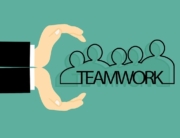




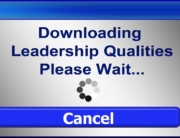


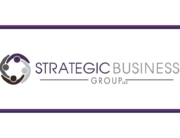









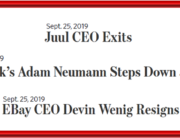




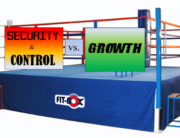
































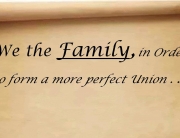


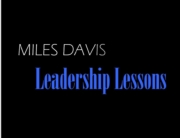


[…] blogs have highlighted some of the benefits derived from good business planning. This includes reducing owners’ frustration by making real progress towards goals; increasing employee morale and higher profitability; and […]